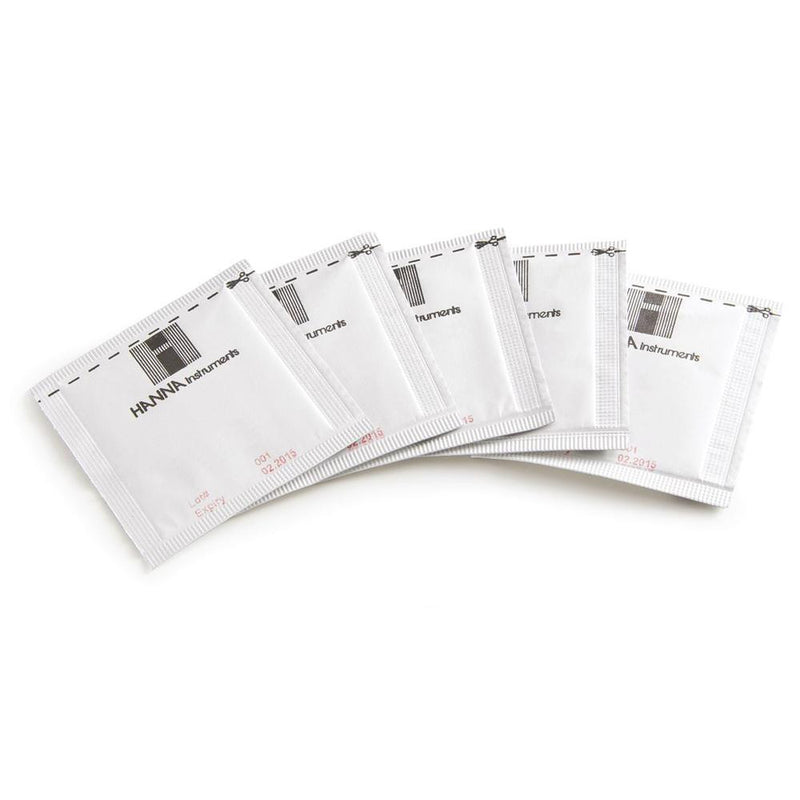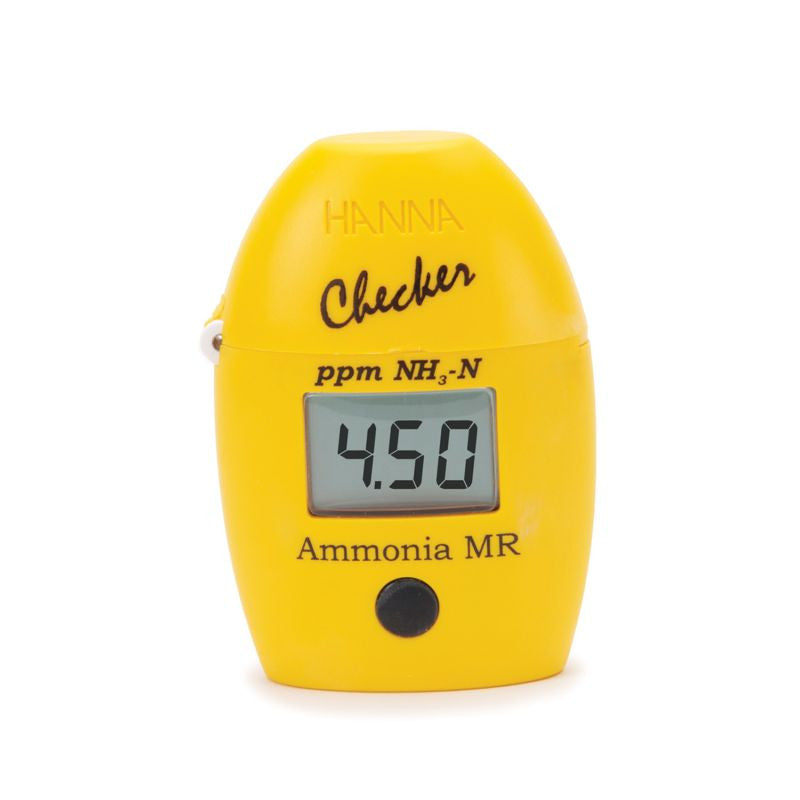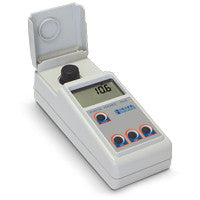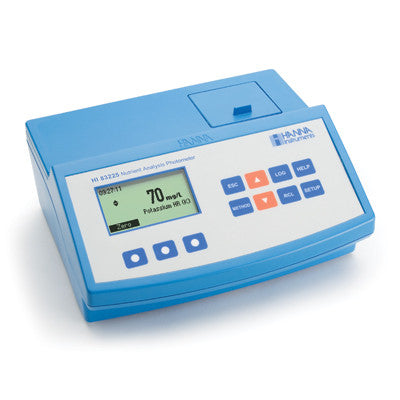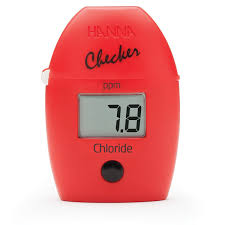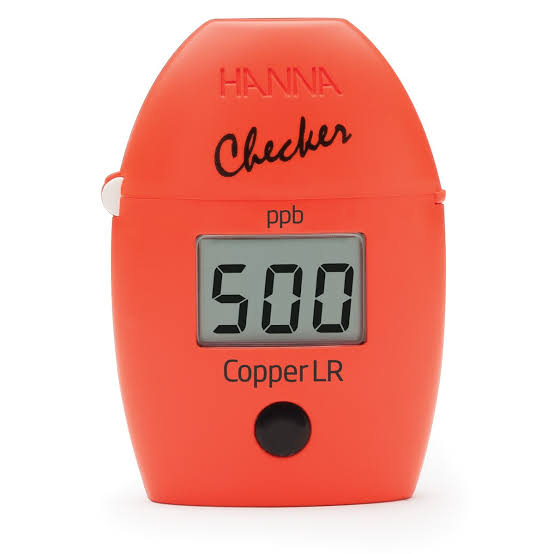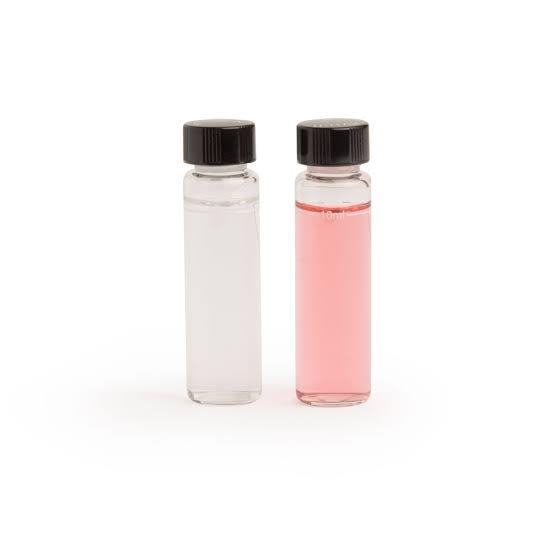- Home
- Photometers
- HANNA HI 83748-02 Photometer for the Determination of Tartaric Acid in Wine
HANNA HI 83748-02 Photometer for the Determination of Tartaric Acid in Wine
Related Products
HANNA HI733 Checker HC ® - Ammonia. HR
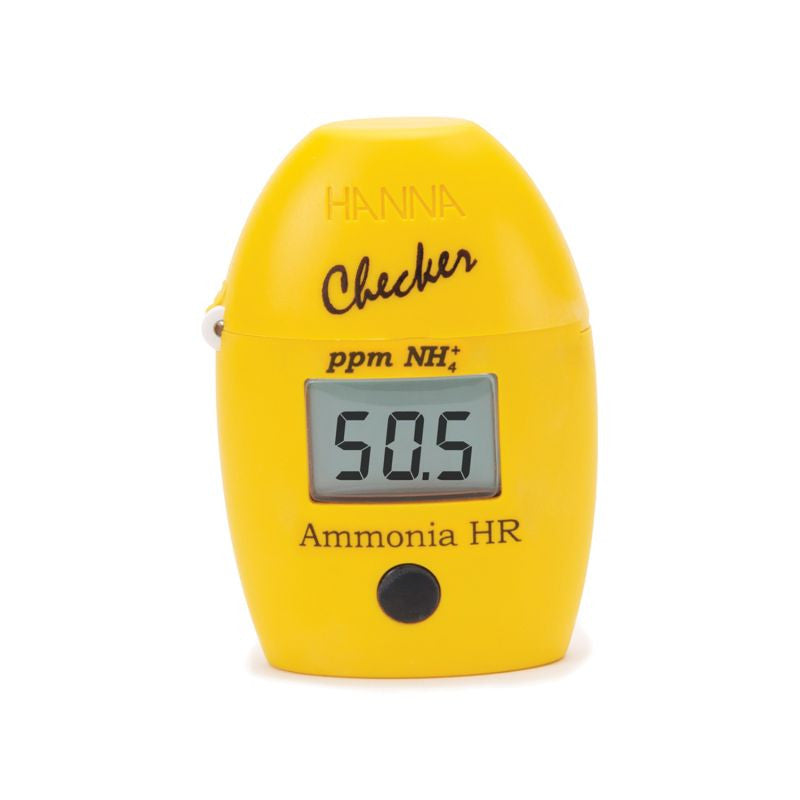
HANNA HI733 Checker HC ® - Ammonia. HR
$105.00
Get accurate testing results in fresh water with our simple handheld colorimeter. Our ammonia colorimeter makes it easy to gain more confidence in your measurements. By bridging the gap between ammonia test kits and advanced instrumentation you no longer have to rely on the human eye to determine colors. Our handheld colorimeter eliminates the t...

HANNA HI 717 Checker HC ® - Phosphate. HR
Orthophosphates are found in natural and wastewaters. They are commonly added to drinking water as a corrosion inhibitor. The instantaneous analysis of orthophosphate by colorimetric determination provides rapid results using a standard analysis technique. The HANNA HI 717 Checker®HC bridges the gap between simple chemical test kits and professi...
More Info

HANNA HI 715-25 Reagents for HANNA HI 715 Checker HC ®. 25 Tests
Reagents for HI 715 Checker HC ®. 25 Tests
More Info
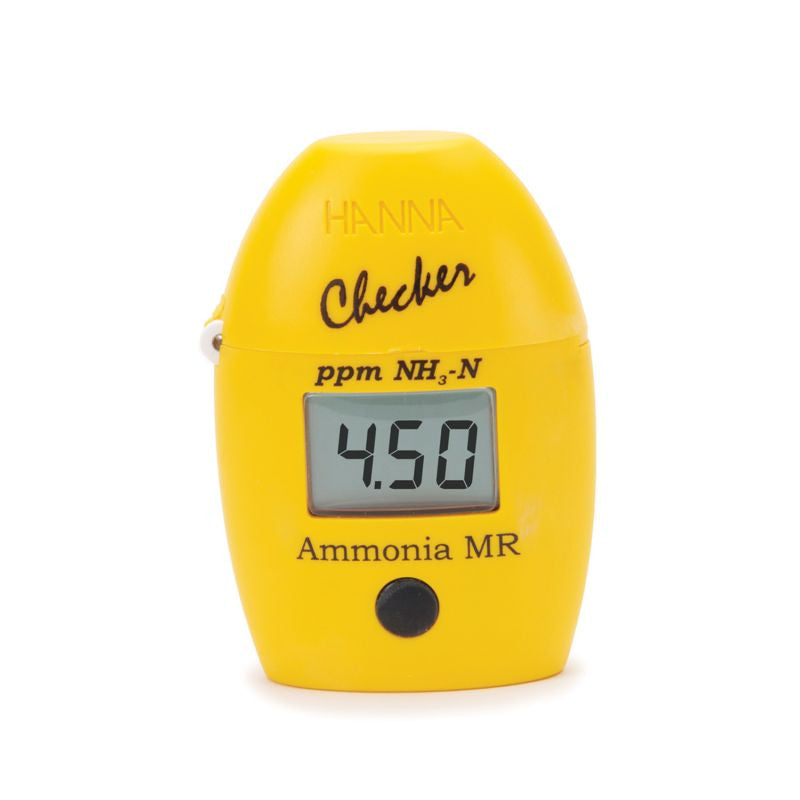
HANNA HI 715 Checker HC ® - Ammonia. MR
The HI 715 Checker®HC is a simple. accurate. and cost effective way to measure medium ranges of ammonia in fresh water. Designed as a more accurate alternative to chemical test kits. the HI 715 provides quick. accurate results in four easy steps. The HI 715 uses an adaptation of the ASTM Manual of water and Environmental Technology D1426-93. ...
More Info

HANNA HI70032P - 1382 mg/l (ppm) TDS@25°C - 25x20ml
HANNA is one of the few producers to offer calibration solutions in packages from 20 to 500 mL for lab and field applications. Our packaging has been designed to keep air and light from damaging the solution. * TDS Conversion Factor 4-4-2: 0.65 ppm = 1 µS/cm (approximately). Order Information:20 mL sachet pack of 25 Specifications MSDS ...
More Info
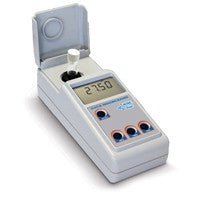
HANNA HI 83746-02 Photometer for the Determination of Concentration of Reducing Sugars
A critical parameter in the winemaking process The determination of concentration of reducing sugars (RS) is one of the most important parameters that need to be measured during the wine making process. Following the increase of RS during maturation of grapes can help decide when to start harvest. Having the highest possible sugar content is ...
More Info

HANNA HI 83730-02 Photometer for the Determination of Peroxide Value in Olive Oils
The HI 83730 is an instrument that benefits from HANNA’s years of experience as a manufacturer of analytical instruments. It has an advanced optical system based on a special tungsten lamp and a narrow band interference filter that allows the most accurate and repeatable readings. All instruments are factory calibrated. The auto-diagnostic ...
More Info

HANNA HI 83225-02 Photometer for NPK Analysis - Greenhouses & Hydroponics
Nitrogen. phosphorus. and potassium (NPK) are often the first three factors considered when making recommendations to growers. Compared to the HI 83215. the HI 83225 provides control over three additional important growing factors: sulfur (most common as sulfates). calcium and magnesium. HI 83225 is designed for the hydroponics and greenhouse in...
More Info
HANNA HI753 Chloride Colorimeter - Checker HC

HANNA HI753 Chloride Colorimeter - Checker HC
$99.00
Get accurate water testing results with our simple handheld colorimeter. Our chloride colorimeter brings you more precise technology from your typical chemical test kit. Don't struggle to determine colors visually, our handheld colorimeter eliminates the hassle of matching to a color chart by providing a direct chloride result digita...
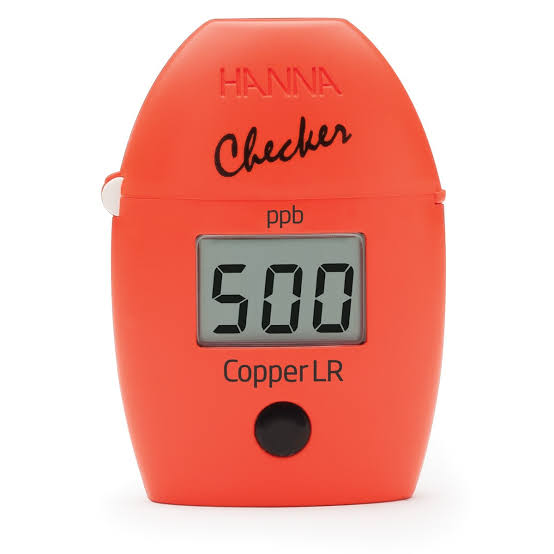
HANNA HI747-25 Copper Low Range Checker HC Reagents (25 Tests)
The HI747-25 are the replacement reagents for the HI747 Copper Low Range Checker® HC. These high quality reagents are manufactured in our state-of-the-art facility and are clearly marked with the lot number and expiration date on each packet for traceability. Pre-made reagents for ease of use Prepared with high purity chemicals Mar...
More Info
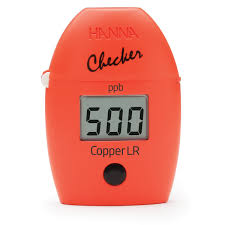
HANNA HI747 Low Range Copper Colorimeter - Checker HC
Improve the accuracy of your water testing results with our simple handheld colorimeter. Get more precise technology than your typical chemical test kit with our low range copper colorimeter. Providing you with a direct digital copper result, our handheld colorimeter eliminates the hassle of matching to a color chart. Take our ...
More Info
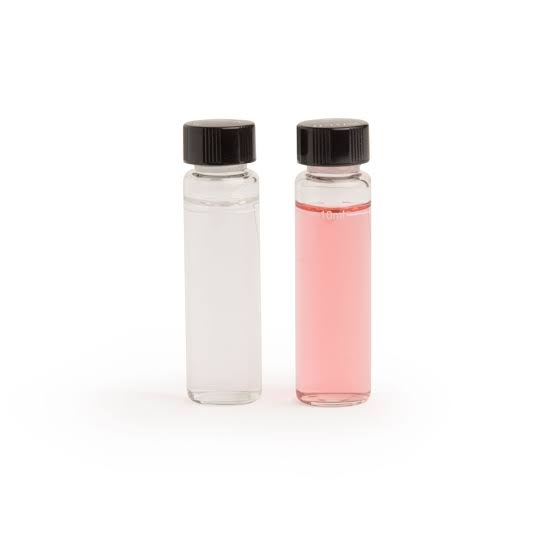
HANNA HI709-11 Manganese HANNA HIgh Range Checker HC Calibration Check Set
The Manganese High Range Checker® HC Calibration Check Set - HI709-11 provides a simple solution to validating the Manganese High Range Checker HC - HI709. This high-quality set of standards is manufactured in our state-of-the-art facility and comes supplied with a Certificate of Analysis. The Certificate of Analysis provides the lot ...
More Info




